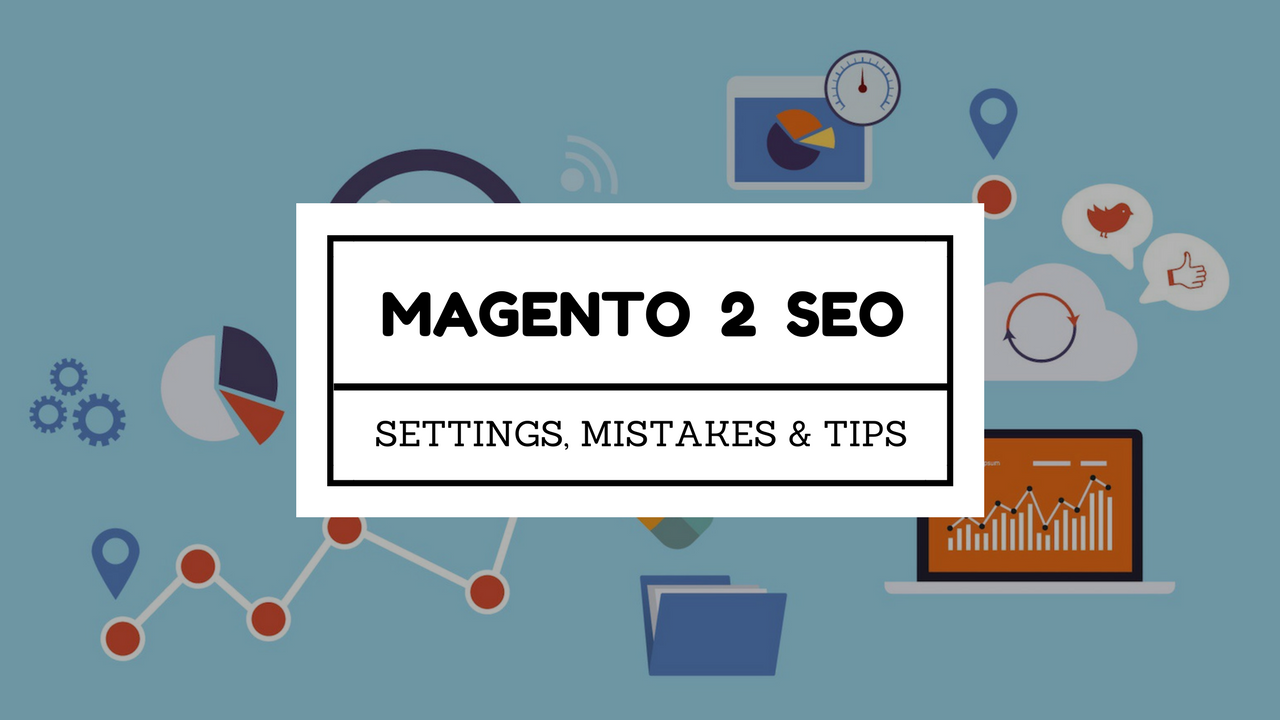Magento 2 SEO Guide for Marketers in 2021

These are the days of intense digital evolution with ecommerce and content management systems are thriving to provide value to businesses. Getting on top of your ecommerce game is so vital in 2021 to improve your rankings, for your new or old online shop, SEO has always been a tough game since the day one.
This post will specifically guide you to use Magento 2 SEO tips and tricks if you are using the world’s leading content management system for your ecommerce store. You will learn how to configure SEO in Magento 2 admin panel and how SEO extension can help you to overcome the default limitations.
The Importance of SEO in Magento 2
SEO in Magento 2 plays a very important role in 2021 for new and existing ecommerce stores. SEO has many benefits when you use it with Magento 2 such as it improves your traffic and allow potential buyers to take greater interest in your products/services.
The great thing about Magento 2 CMS is that it supports SEO quite well and serves your needs on on-page SEO efficiently. For example, you can aviate to Marketing ⇒ SEO & Search to explore what functions default Magento 2 supports. Now let us get into the details of SEO guide for Magento 2 to work for your ecommerce business.
1.Meta Data in Magento 2 Plays a Crucial Role
Meta data always plays a vital role to help search engine crawlers index your website better. While setting up your ecommerce store, you must use keyword-rich information to enhance your SEO in Magento 2.
The game starts with Meta title that must contain high-value keywords to help crawlers better recognize your pages. Moreover, Meta keywords are also most important elements that are shown in the SERPs. Make sure to include all the keywords on the page for crawlers to identify your product type.
Next comes the all-important Meta description. In Magento 2, the default characters for Meta description are 255. This description can allow you to increase clicks.
2.Engaging Content with Canonical Tag
When you create unique and compelling content for Magento 2 platform, the crawlers take it more seriously; make sure that multiple URLs are not pointing to the same content page. It is disliked most by Google and often creates problems for Magento users.
Moreover, when you use canonical link Meta tag for categories, you can choose YES option to add such a tag for various categories. This helps a lot when you have several URLs with the similar content. A reel=canonical tag will be automatically placed. However, you don’t need a special configuration page to enable canonical tags for CMS pages.
In terms of URL optimization, URL suffix is most important part of the URL that represents extension. For example, .htm or .html is often not included in URL because it offers no value to the search users. There is no point in increasing the length of the URL. You can use Stores => Configuration => Catalog => Catalog => Search Engine Optimization optimize your URL.
3.Site Indexing in Magento 2
Indexation has a vital impact on SEO for Magento 2. For this purpose, you have both robots.txt and XML sitemaps that are submitted to Google to help your ecommerce site get indexed properly. For example, XML sitemap is an XML file that contains all URLs of a website that instructs crawlers to study the website content. That helps to rank the content of Magento 2 in a powerful way.
You can accomplish this by navigating to Stores ⇒ Configuration ⇒ Catalog ⇒ XML Sitemap.
Moreover, you can also add an image into sitemap that represents your product or choose not to add it at all.
When it comes to configuring robots.txt file, Magento 2 makes it fairly easy. In case you don’t know, robots.txt file contains instructions for crawlers for indexing your websites. These instructions are stores on the root folder. You can easily set it up by going to Stores ⇒ Configuration ⇒ General ⇒ Design ⇒ Search Engine Robots.
Admin can choose the following:
- INDEX, Follow
- NOINDEX, Follow
- INDEX, No Follow
- No Index No Follow
Other Features in Magento 2 Guides
Image Alt text is also the most important feature in the SEO guide that helps search engines comprehend the nature of your images. The Alt text allows providing a weight of rankings in the SERP. Without an alt text, it is not possible for search engines to find out what your image is all about.
For alt text, you can go to Content ⇒ Design ⇒ Configuration and edit the store view of your choice. You can enter the desired alt text in the header in the Logo Image Alt Section. Similarly you can add alt text for product images on several pages of your Magento website. Simply go to each of the product pages to select the desired image and enter the alt text.